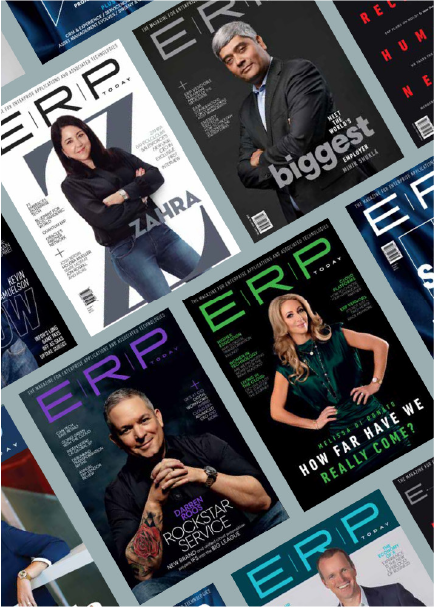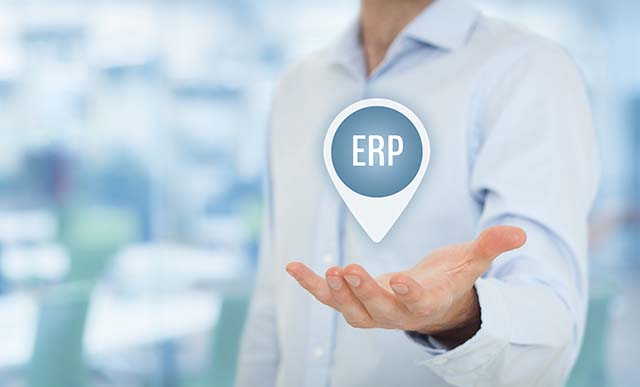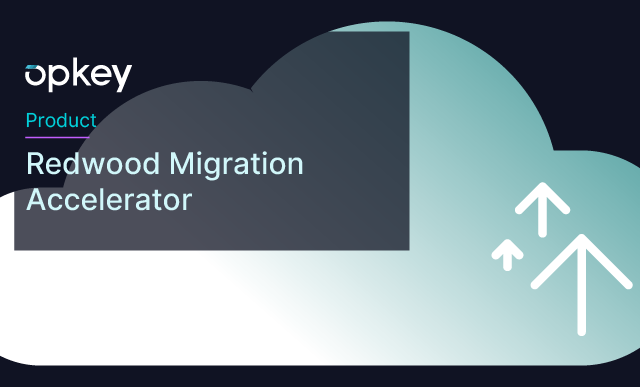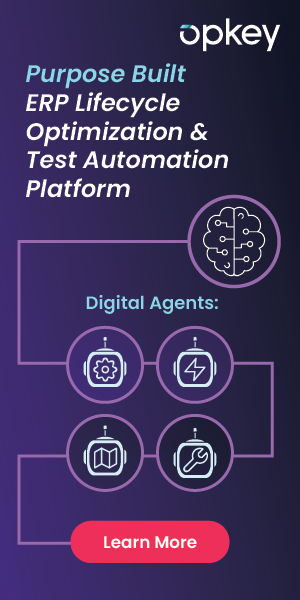ERP implementations have followed a familiar process for decades: a long planning cycle, a rigid design phase, and eventual-yet-delayed gratification of the ROI (if it comes at all).
This waterfall model moves step-by-step through discovery, planning, solution design, development, user acceptance testing and support. It can take months, or even years. Its fatal flaw is that it assumes the rest of the market will pause on innovating while your company catches up. But the world doesn’t wait.
With waterfall, there’s no built-in way to adapt when compliance requirements or priorities change; even small shifts can throw the entire project off course. I spend every week working with companies in the thick of ERP implementations and operations — one question keeps rising to the top: Why are companies so slow to adopt agile
Spoiler: Yes. It is.
The critical need for ERP systems is matched only by the critical need for new delivery methods. Agile is reshaping ERP implementation across industries. It’s accelerating delivery, driving adoption and helping teams align processes with business outcomes. Historically, ERPs have been classified as too large and unwieldy for agile; the truth is agile’s principles of flexibility, collaboration and iteration are precisely what we need in ERP deployment.
This isn’t conjecture — it’s data. Agile projects are nearly three times more likely to succeed than waterfall projects (42% vs. 14%). Teams that use agile report 47% productivity gains, a 40% increase in project visibility and 60% report revenue gains.
Need more proof? Look at Schlumberger.
Global energy services leader Schlumberger partnered with agile training and consulting firm Scrum Inc. to implement ERP — this time using the agile method. Not only did they actually complete the implementation, but they did it ahead of schedule. Schlumberger reported a 25% productivity improvement and a 25% reduction in cost. Teams even exceeded their stated goal of “data readiness” with a 93% improvement against their goal of 70%.
By taking an agile approach, the team was able to continuously improve the system, adapt to new requirements on the fly, and ensure the solution met the business’s real-time needs. What else could you want as a business leader?
Agile is the future.
Agile in cloud ERP is about more than just speed; it’s an approach that helps companies stay in sync and maintain pace with the always-evolving tech landscape. By managing ERP updates and expansions in small, focused increments, you gain the ability to course-correct in real time — something waterfall methodologies critically lack.
Early, open collaboration saves more than time — it prevents the budget overruns, timeline slips, and business‑critical risks that come from retrofitting changes months later. Agile keeps IT and line‑of‑business teams in lockstep from design through deployment, so course‑corrections happen in real time rather than after go‑live surprises. This results in a system that lands on schedule, on budget, and fully aligned with the goals that matter most to the business and, ultimately, its customers.
Agile ERP teams routinely post a lift in throughput, cut change‑driven rework by roughly a quarter, and bring priority modules online about 20 % sooner than waterfall peers—keeping budgets intact and unlocking ROI months earlier.
Agile ERP teams see measurable gains where it matters most: throughput, alignment, and delivery. Productivity improvements often mean delivering 30–50% more configuration stories per sprint, while reducing rework caused by late-stage requirement changes by up to 25%. And instead of waiting 12–18 months for value, core modules like invoicing or inventory can go live 20% faster, helping teams stay on budget and realize ROI months earlier. When stakeholders are hands-on throughout, the end result doesn’t just function — it fits.
Agile’s benefits aren’t limited to IT development cycles, either: teams consistently report higher morale, clearer communication, and stronger collaboration between IT and business teams. It also helps manage expectations early and up front, avoiding surprises or disappointment down the line. That’s not just a delivery benefit — it’s a cultural one. Agile gives ERP leaders a way to move quickly and wisely, with confidence in every step forward.
Bringing agile to your organization.
It all sounds great so far, right? However, switching to a new project development and delivery methodology is easier said than done within a complex organization. It looks different in practice for every team, but there are a few core principles that any company can utilize to navigate the change:
- Start with an MVS: A Minimum Viable System (MVS) is the smallest functional version of your ERP that delivers real business value quickly. Focus on getting the most critical aspects of your ERP system in use — no matter what it is. If you focus on what is most critical, you can address the biggest concerns outright and build out the rest iteratively.
- Work in sprints: Instead of waiting months for a major milestone, organize the implementation into short, 2- to 4-week sprints. Each sprint should aim for visible progress — a working feature, a tested module or an updated configuration — helping teams move faster, stay accountable and build momentum.
- Encourage cross-functionality: Bring together business users, functional consultants, developers, and testers into one team from the start. Agile ERP projects work best when the people who use the system help shape how it’s built and when feedback loops are incorporated into every decision.
- Automate early and test, test, test: Automated testing is a key element for keeping pace with agile ERP. By automating regression tests and validations, teams can move faster without sacrificing stability. It also helps catch issues before they snowball into go-live delays or post-launch crises.
- Listen, reflect and refine: After each sprint, seek feedback. What worked? What didn’t? What should change in the next sprint? Agile is a learning process. Constant reflection ensures the implementation improves over time, instead of just marching toward a deadline.
Don’t go ditching waterfalls.
Agile purists might protest this, but the total rejection of waterfall is not necessary. For ERPs, the best methodology is somewhere in the middle: upfront planning is necessary to align on architecture, but agile methods allow us to test, learn and adapt beyond planning.
At Opkey, we’re seeing this shift unfold every day. Our customers are combining automation with agile workflows to implement faster, reduce risk and quickly deliver value. The question isn’t whether agile can work for ERP, but instead how long organizations can afford to wait before making the shift – and what are the risks of waiting too long –
ERP has always been seen as the domain of discipline and structure, but discipline doesn’t mean rigidity. Agile offers a disciplined way to adapt, engage stakeholders and reduce risk through incremental and consistent design, development, testing and delivery. In our constantly changing tech landscape, where speed, flexibility, and resilience are non-negotiable, agile isn’t just a nice-to-have. It’s the accelerated path forward.
By Pankaj Goel, CEO of Opkey






